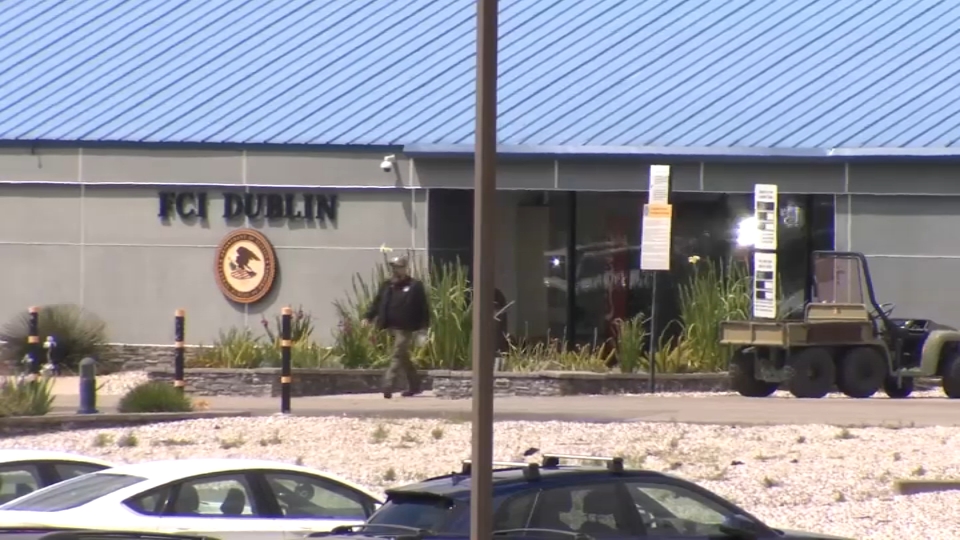Archaeologists in San Francisco’s Presidio have discovered the stone foundations of the site's original Spanish fort, built in 1815. The discovery follows a year-long dig near the Presidio Officer’s Club, the only survivor of the original Spanish Fort and, along with Mission Dolores, believed to be San Francisco’s oldest existing structures.
“This foundation would’ve held up adobe walls or mud brick walls,” said Presidio archaeologist Kari Jones, peering into a shallow pit. “That would’ve extended about 10 feet tall.”
To reach the stone foundations lying just a few feet below the surface, researchers dug through layers of history. Just below the ground cover they came across red bricks which signified the remains of buildings damaged and torn down following the 1906 Earthquake and Fire.
Below that they uncovered remnants from when the U.S. Army moved into the Spanish buildings, making slight modifications. Just about a foot below that lay thick clusters of serpentine stone which formed the foundations.
“We were excited to find the foundations themselves,” Jones said, “but something even more exciting for us was how well preserved they are.”
Despite digging in an area they knew little about, the archaeologists didn’t have a difficult time figuring out where to find the foundations - thanks the the U.S. Army. Although the Spanish didn’t leave maps of their settlement, the Army did leave behind a map thoroughly outlining the site.
As Jones and her team excavate the original foundations, they are creating detailed maps as part of a 20-year project to map the original Spanish settlement.
Local
“Once we find the walls and we know where the rooms are,” Jones said, “that’s when things get interesting.”
The dig has turned up trinkets of early life in the Presidio: broken bottles, animal bones, pieces of pottery. The discoveries are cleaned and cataloged, creating a picture of life in the burgeoning outpost.
“They’re always available so that other archaeologists in the future can come back look at what we found,” said researcher Montse Osterlye.
Jones stood at the edge of one of several pits, looking down several centuries. She noted the surface marked 2015 while the bottom of the pit represented 1776. The ground just below that extended some 3,000 years. She excitedly pointed out a key find in the map-making: a corner where two stone walls came together.
“As you know if you do puzzles,” Jones said, “the corner is the piece you really want to figure out.”
The mapping will likely take twenty-years to complete — Jones expects generations of archaeologists will take part in the excavation — adding yet another layer of history to the area’s deep story.
“It’s a lot of potential here,” Jones said. “There’s a lot of information we can gather about a period or layer of history we still know very little about.”
The site is open to the public to tour and ask questions. It’s open Thursdays and Fridays from 9 a.m. to 2:30 p.m., and Saturdays from 9 a.m. to 4:30 p.m. The season runs through October 17.



